UPDATE: Tuesday, December 12 at 12:45 p.m.
Idaho Division of Motor Vehicle (DMV) offices statewide running normally on Tuesday, December 12 as technicians continue to stabilize the computer system.
The Idaho Transportation Department (ITD) and our vendor, Gemalto, continue to work together to monitor the system and develop a final solution.
“We appreciate the patience from our partner’s at the county offices and our customers,” said DMV Administrator Alberto Gonzalez. “It has made a big difference as we work diligently to fix the problem and determine to cause.”
Continue to check this blog for updates.
UPDATE: Monday, December 11 at 5:00 p.m.
Service throughout the day Monday went well, with minimum delays to processing. All driver’s licenses will be open for business tomorrow.
“We feel like we are close to finalizing a solution that will take care of the week-long interruptions we have been experiencing,” said DMV Administrator Alberto Gonzalez.
UPDATE: Monday, December 11 at 11:00 a.m.
The Idaho Transportation Department (ITD) opened all county driver’s license offices Monday morning as troubleshooting continues to find the root cause of computer system issues.
ITD is working closely with its card vendor, Gemalto, to monitor the system. So far, transactions have been moving well. Given that a root cause has not yet been found, it is possible as more transactions occur the system will slow down. This has been a symptom of the computer issues.
Today, the department has identified several processes to isolate and test. Customers at the county offices may experience long wait times. ITD appreciates the public’s patience during this time.
“We are exploring all options at this time in order to fix the issue,” said DMV Administrator Alberto Gonzalez. “This level of service is not up to our standards or the standards the citizens of Idaho expect. We apologize for the inconvenience this has caused to the public and out partners in the county offices.”
At this time, there is no estimate when the issues will be resolved.
UPDATE: Sunday, December 10 at 2:48 p.m.
The Idaho Transportation Department will open all Division of Motor Vehicles driver’s license offices throughout the state on Monday, December 11.
During the weekend ITD’s driver’s license vendor, Gemalto, added additional server capacity in an effort to resolve the computer issues.
“We hope this will allow us to find the root cause of the issues we have been experiencing for more than a week now,” said DMV Administrator Alberto Gonzalez.
Although this isn’t the permanent fix, this may provide relief while ITD and Gemalto identify the long term solution. Gemalto’s senior technical staff are in Boise and will work with ITD technical and DMV business staff to do everything possible to find a resolution to our issues.
These computer issues do not reside at the counties. It is the ITD computer system.
“We understand the frustration of our county driver’s license partners and our customers. We appreciate their patience and collaboration as we work diligently to solve this problem,” said Gonzalez. “Please know this is not the level of service ITD strives to provide. We are equally as frustrated and are doing everything possible to get this issue resolved.”
Continue to check this blog for the latest updates and information.
UPDATE: Friday, December 8 at 3:32 p.m.
The Idaho Transportation Department (ITD) is allowing county driver’s license offices the option of closing Friday afternoon, effective immediately.
Due to continued computer issues, service at county offices has slowed. This has led more populous locations to experience long wait times. ITD, working hand-in-hand with its card issuing vendor Gemalto, is continuing to troubleshoot the problem. So far, a root cause has not yet been identified.
Following concerns for the safety of county staff members, ITD is allowing offices to close their doors. The department appreciates the public’s patience during this service disruption and deeply apologizes for the inconvenience.
The below counties have notified ITD they are closed for the remainder of business Friday. You can verify by contacting your county directly. Information here.
County offices closed:
Ada
Adams
Bear Lake
Canyon
Cassia
Freemont
Gem
Lemhi
Lewis
Lincoln
Nez Perce
Oneida
Power
Twin Falls
Washington
UPDATE: Friday, December 8 at 10:15 a.m.
The Idaho Transportation Department is continuing to investigate the root cause of computer system issues to driver’s license services. All county offices will have service, though long wait times are likely for more populous areas.
ITD has tried to isolate a number of functions to determine the root cause, but this has yet produced results. The service to counties works as expected until a high volume of transactions occur. At that time service dramatically slows, creating a backlog. This causes long wait times in counties processing many transactions.
These computer issues do not reside at the counties. It is the ITD computer system. The department continues to work with its card issuing vendor, Gemalto, and has brought in additional resources to work on this problem.
ITD recognizes and apologizes for the severe inconvenience this prolonged service disruption has caused to the public and county offices. All available resources are being expended to address this situation.
UPDATE: Thursday, December 7 at 5:00 p.m.
The Idaho Transportation Department (ITD) continues to work around the clock to identify and correct issues facing driver’s license computer systems and is keeping county offices open with limited service.
ITD is working closely with its card issuing vendor, Gemalto, and bringing in additional resources to troubleshoot these issues. Several attempts to identify the root cause have proven unsuccessful and further efforts continue.
In order to search for the problem, transactions by the public must be processing. This requires county offices to continue operations. Service during this time may be intermittent and cause delays to customers.
UPDATE: Thursday, December 7 at 12:53 p.m.
ITD is allowing all driver’s license offices to open, including Grangeville. Service speeds have been intermittent throughout the morning. Additional resources have been brought in to troubleshoot the problem.
Technicians are implementing a fix this afternoon. This requires a suspension of service to the counties. The plan is not to close county offices while this fix is implemented.
Some counties may choose to close offices. Such a decision is not made by ITD. The public is urged to postpone visits to their county DMV to renew their license or conduct driver’s training, if possible. Those that visit should expect long wait times.
UPDATE: Wednesday, December 6 at 5:20 p.m.
The Idaho Transportation Department (ITD) will begin Thursday, December 7 with all county driver’s license offices open*, following computer issues that began Monday.
ITD was first able to open offices Wednesday around noon. Initial reports indicate interim fixes are stabilizing the system.
The department is still looking for a root cause to these issues and is advising citizens in heavily populated counties may experience long wait times. Technicians have worked around the clock to identify and fix the computer issues, and will continue to do so until a solution is found.
*Grangeville offices will be closed for a separate, connectivity issue.
UPDATE: Wednesday, December 6 at 12:30 p.m.
The Idaho Transportation Department (ITD) is opening all county driver’s license offices, following computer issues (except Grangeville).
ITD has determined the system is stable enough to allow all offices to operate, however investigation into the root cause of these issues continues. The public is still advised there will be delays at county DMV offices and it is encouraged to postpone a visit if possible.
The computer issues are contained to the ITD system, not county systems. While the root cause is still undetermined, technicians have discovered a high volume of transactions is causing process speeds to slow down dramatically.
ITD will limit the number of transactions each county can process to keep the system running while troubleshooting continues. This may lead to slower-than-normal transactions and delays for customers.
“We apologize to our county partners in the driver’s license offices and to the public for these computer problems,” said DMV Administrator Alberto Gonzalez. “Our team has been working around the clock and will continue to expend all available resources to fix this issue.”
At this time, there is no estimate when the system will be restored to full functionality.
Update: Tuesday, Decmber 5 at 5:42 p.m.
The Idaho Transportation Deparment (ITD) continues to troubleshoot computer problems when issuing driver’s license services.
On Wednesday, ITD will begin the day with driver’s license offices in Ada, Bannock, Canyon, Kootenai, and Twin Falls counties open to the public. All other county driver’s license service offices will remain closed until contacted by ITD.
The five county locations will open in order to identify root causes and test solutions to these problems. Services at these locations are expected to still be slow. The public is urged to plan for delays and postpone a visit if possible.
All county motor vehicle services (titles & registration) will be open to the public and are unaffected by the current computer issues.
The department is utilizing all available technical resources and working closely with its license vendor, Gemalto, to create a fix for this situation. Additional information will be posted when available.
Posted Tuesday, December 5 at 11:21 a.m.
Due to problems with the state’s Division of Motor Vehicle (DMV) computer system, the Idaho Transportation Department (ITD) has closed driver’s licensing offices across Idaho with the exception of Ada and Canyon counties.
There is no estimate of when the offices will be reopened. Registration and titling services are still open across Idaho.
ITD technicians have not yet determined the root cause of the system errors. When business opened Tuesday morning, all systems were functioning. As more county DMV offices came on line across the state and increased the number of transactions, the system slowed down dramatically.
“We apologize for the inconvenience and ask for the public’s patience as we work towards finding a solution,” said DMV Administrator Alberto Gonzalez. “ITD is devoting all available technology resources towards investigating the root of this problem. The department is working hand in hand with its driver’s license vendor, Gemalto, in this effort.”
The transportation department is requesting customers in Ada and Canyon counties to delay renewing their licenses today if possible. While the offices are open, there are long wait times. The two county offices are remaining open to allow the transportation department to test solutions before deploying statewide.
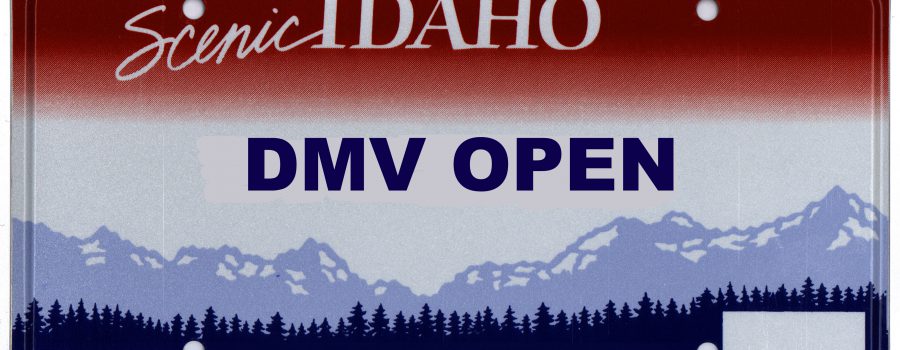



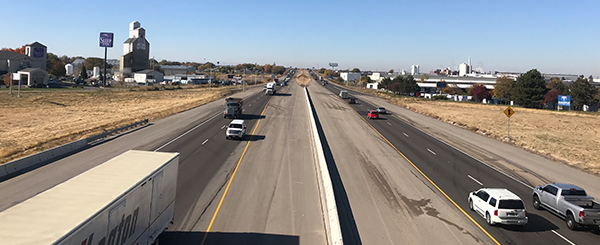


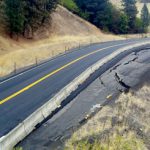
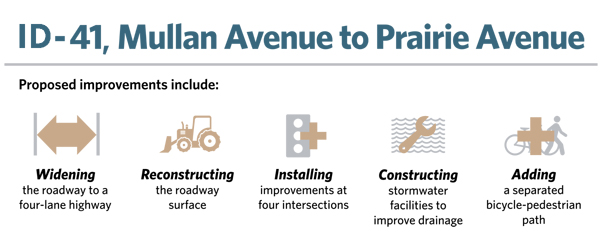
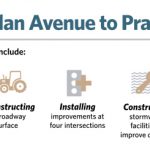

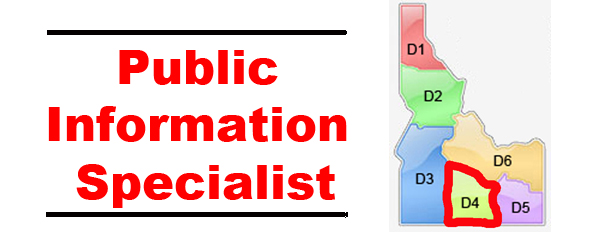



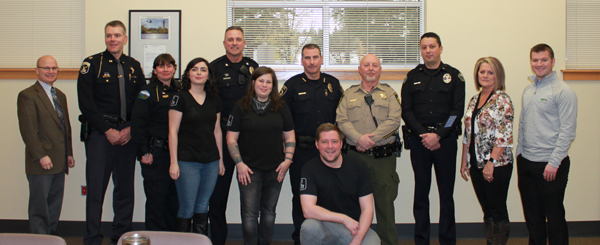



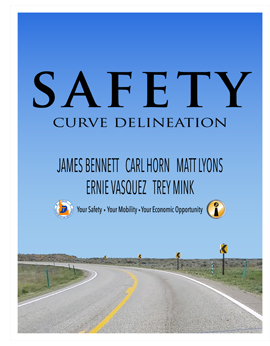
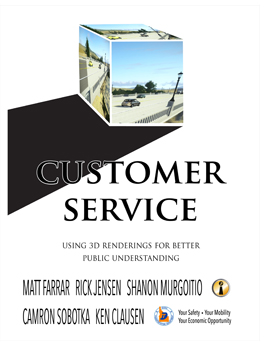 CUSTOMER SERVICE
CUSTOMER SERVICE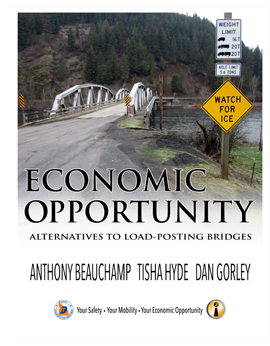
 COST SAVINGS
COST SAVINGS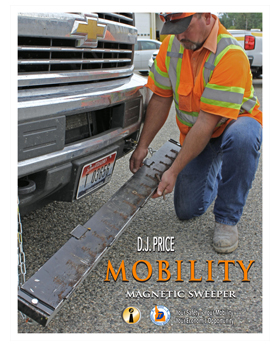
 TIME SAVINGS
TIME SAVINGS EMPLOYEE DEVELOPMENT
EMPLOYEE DEVELOPMENT
